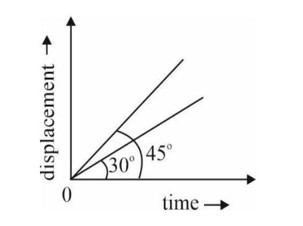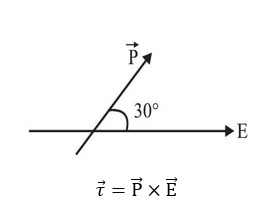Class 11th
Get insights from 8k questions on Class 11th, answered by students, alumni, and experts. You may also ask and answer any question you like about Class 11th
Follow Ask QuestionQuestions
Discussions
Active Users
Followers
New answer posted
2 months agoContributor-Level 10
Yes. Angular Velocity is a vector quantity i.e. it has directions. The direction of rotation can influence the sign of angular velocity's value. If the movement of the object is anticlockwise, the sign will be positive. Similarly, if the movement of the object is clockwise, the sign will be negative.
New answer posted
2 months agoContributor-Level 10
Even if the torque is same, the rotation of a body can be slow or fast depending on the distribution of mass along the surface area. If the mass of a body is more on the axis area, it's speed of rotation will be faster as compared to the body whose mass is accumulated away from the axis due to which the body will resist the angular acceleration.
New answer posted
2 months agoContributor-Level 10
In simple words, a push or pull applied on a body is known as a force. Force is a concept used in terms of linear motion. On the other hand, the force which causes a body to spin around an axis instead of moving from one point to aother is called torque. Torque is a theory which comes into account while studying rotational motion and is considered as the rotational analogue of force.
New answer posted
2 months agoContributor-Level 9
Initially speed is zero, then increases & after some time it becomes constant.
New answer posted
2 months agoContributor-Level 10
As increased by 3 times
So
- (c) Fundamental harmonic frequency open pipe
(say)
Fundamental harmonic frequency of closed pipe
(say)
New question posted
2 months agoTaking an Exam? Selecting a College?
Get authentic answers from experts, students and alumni that you won't find anywhere else
Sign Up on ShikshaOn Shiksha, get access to
- 65k Colleges
- 1.2k Exams
- 679k Reviews
- 1800k Answers



